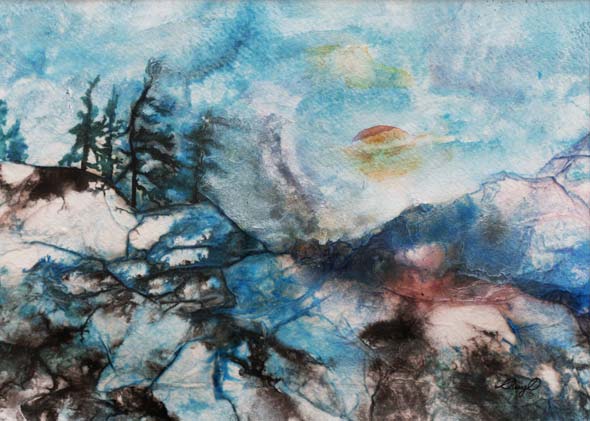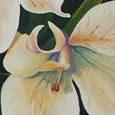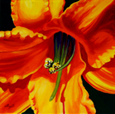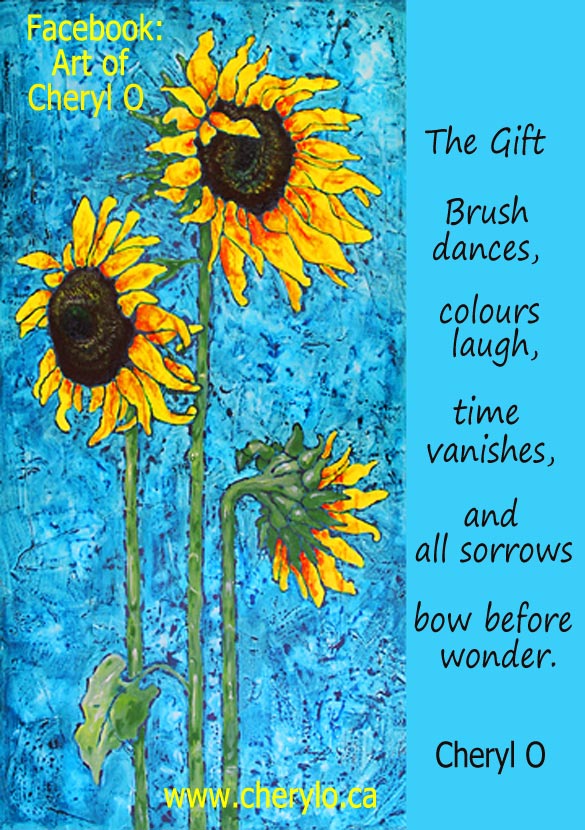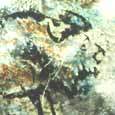Keeping In Touch
I’ve been having lots of fun connecting with folks on various social media sites, and having them check out my website. I hope each one senses that I love what I do – both teaching painting to adults, and birthing my own art. So, if you are new to this website – a big WELCOME! You have the opportunity to connect further by signing up for my art emails and/or blog post notifications. The notification sign up is on this home page, and to sign up for art emails – photos of my latest paintings and art course info – go here: Connect with Cheryl O I never sell or share these email addresses, and each email has an easy unsubscribe button if you ever don’t want it anymore. I hope you will enjoy being in touch!
